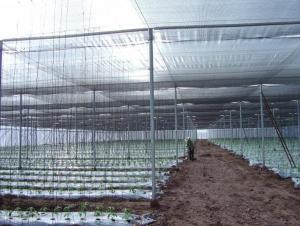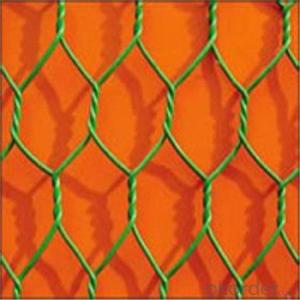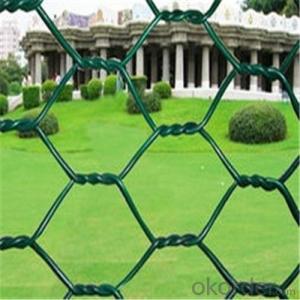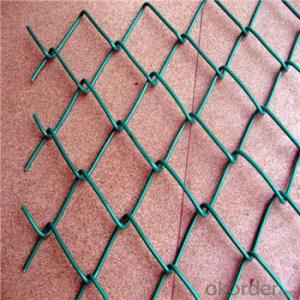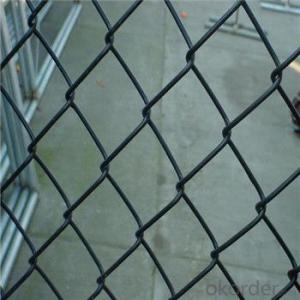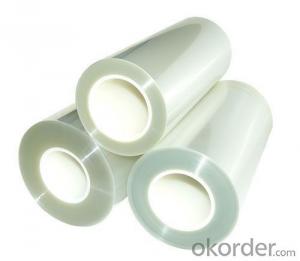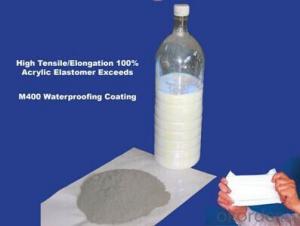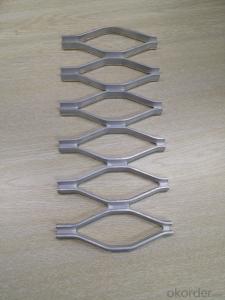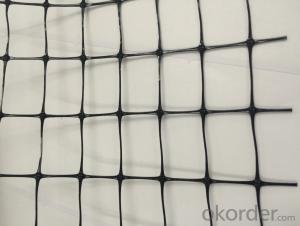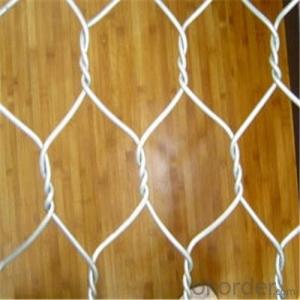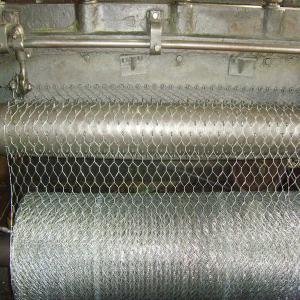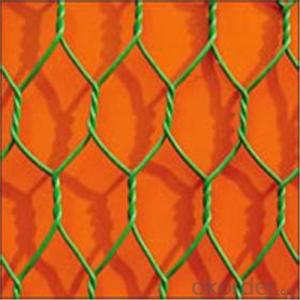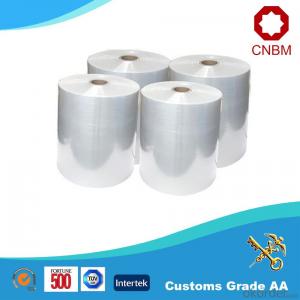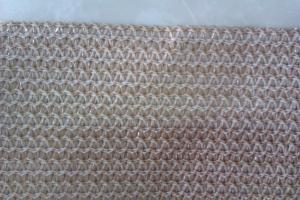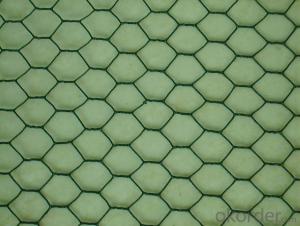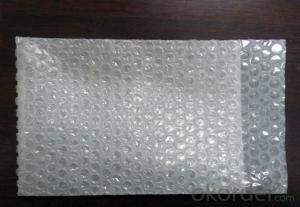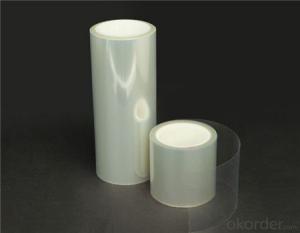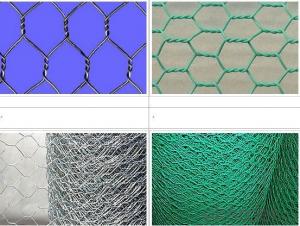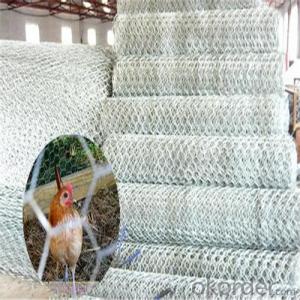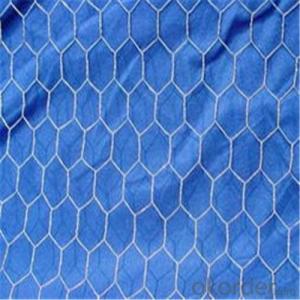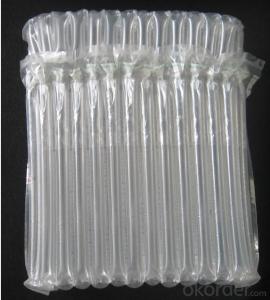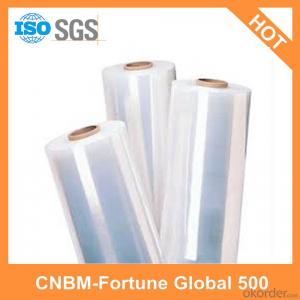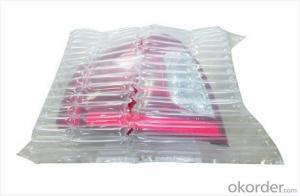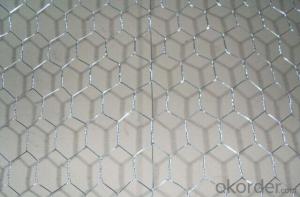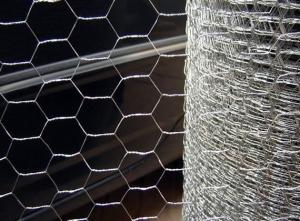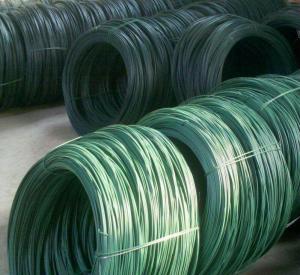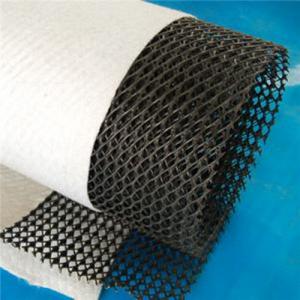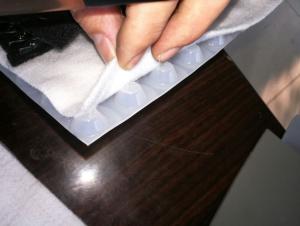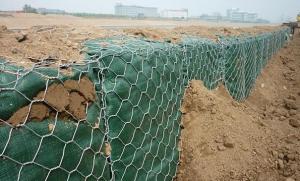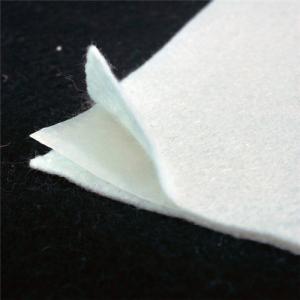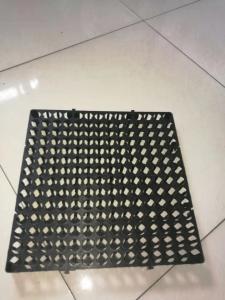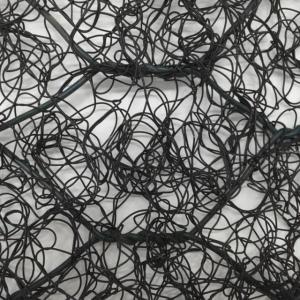Protective Netting
Protective Netting Related Searches
Chicken Wire Stainless Steel Aluminium Modelling Mesh Plastic Garden Netting Uk Plastic Safety Netting Rigid Plastic Netting Plastic Deer Netting Raschel Mesh Poly Tube Netting Barrier Fence Netting Protective NettingHot Searches
Sun Chairs For Sale Garden Slabs Sale Garden Bench Sale Wire Netting Prices Garden Supply Company Catalog Local Garden Supply Stores Shade Netting Manufacturers South Africa Agricultural Netting Suppliers Used Electrical Wire For Sale Watch The Wire Online Season 4 Watch The Wire Free Online Watch The Wire Remastered Online Used Hotel Furniture Online Wire Netting Prices Wire App Store Shade Netting Manufacturers South Africa Agricultural Netting Suppliers Aluminium Wire Mesh Manufacturers India Wire Netting Prices Lighting Supplier SingaporeProtective Netting Supplier & Manufacturer from China
Okorder.com is a professional Protective Netting supplier & manufacturer, offers integrated one-stop services including real-time quoting and online cargo tracking. We are funded by CNBM Group, a Fortune 500 enterprise and the largest Protective Netting firm in China.Hot Products
FAQ
- Geogrids contribute to soil stabilization by providing reinforcement and increasing the strength of the soil. They act as a barrier against soil movement and erosion, distributing the load across a wider area and reducing the risk of structural failure. This helps in stabilizing slopes, retaining walls, and roadways, ensuring long-term stability and durability of the soil structure.
- Earthwork products help with erosion control by providing a physical barrier that prevents soil erosion. These products, such as geotextiles and geogrids, are designed to stabilize the soil, reinforce slopes, and control water flow. They effectively reduce the impact of erosive forces such as wind and water, preventing the loss of topsoil and protecting vulnerable areas.
- Yes, earthwork products are suitable for use in airport construction. These products, such as soil, gravel, and rocks, are commonly used in various aspects of airport construction, including runway construction, grading, drainage, and landscaping. Earthwork products provide stability, support, and proper drainage systems required for airport infrastructure, making them essential materials in airport construction projects.
- Will the mechanical material mechanics and civil material mechanics different?
- The difference is definitely big, the mold does not change. But the mechanical and electrical materials and civil nature is not the same
- Civil engineering materials what is the toughness of the material
- Material in the impact load or vibration load, can absorb large energy, resulting in a certain deformation without breaking the nature of the material to become toughness
- Geosynthetic materials are commonly used in retaining wall reinforcement as they provide added strength and stability to the structure. These materials, such as geogrids or geotextiles, are placed within the soil layers to improve the overall performance of the retaining wall. They help distribute the load more evenly, increase the wall's resistance to lateral forces, and prevent soil erosion. Additionally, geosynthetics can enhance drainage capabilities and reduce the potential for wall settlement, ensuring a long-lasting and reliable retaining wall system.
- Geosynthetic clay liners (GCLs) prevent contaminant migration through a combination of physical and chemical processes. The bentonite clay in GCLs swells upon contact with water, creating a dense barrier that restricts the movement of contaminants. Additionally, the geotextile layers in GCLs act as filters, preventing the passage of fine particles and contaminants. Together, these properties effectively block the migration of contaminants, ensuring environmental protection.
- Earthwork products, such as geotextiles, geomats, and erosion control blankets, play a crucial role in erosion control on slopes. These products are designed to stabilize soil and prevent erosion by reinforcing the ground and reducing water velocity. Geotextiles, for instance, act as a barrier that separates the soil layers, improving stability and preventing soil movement. Geomats, on the other hand, provide a protective layer that helps retain soil particles, while allowing water to flow freely. Similarly, erosion control blankets cover the soil surface, reducing the impact of rainfall and promoting vegetation growth. In summary, earthwork products help with erosion control on slopes by enhancing soil stability, reducing water velocity, and promoting vegetation growth.
